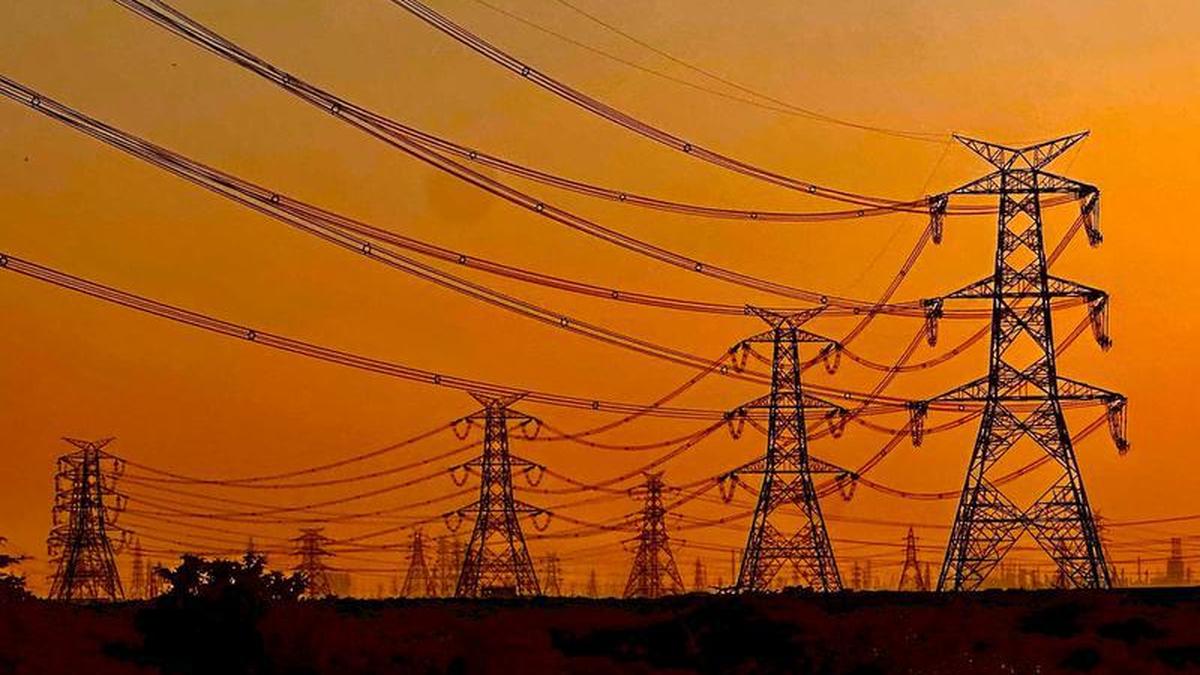Ganesh V. Dante could not understand why his seven-year-old son was frequently falling ill. A traditional doctor in his village in Chandrapur, Maharashtra, had been treating the child since birth, “but his condition never really improved.”
“It was only through screening under the National Sickle Cell Anaemia Elimination Mission (NSCAEM), launched in 2023 by Prime Minister Narendra Modi, that my son was found to have sickle cell and has been getting treatment for it. He is doing much better now and has even started school,” Mr. Ganesh said.
His son is among the more than 5.72 crore people who have been screened under NSCAEM so far, leading to the identification of 2.09 lakh persons with the disease and 16.3 lakh trait carriers, according to figures released recently by the Union Health Ministry.
“The goal of the mission now is to screen approximately seven crore people under the age of 40 across 17 States till 2025-26, aiming to enhance the diagnosis, treatment and care for those with sickle cell disease,” said Manisha Madkaikar, Director, Indian Council of Medical Research-Centre for Research, Management and Control of Haemoglobinopathies.
She emphasised that sickle cell disease can be contained to a large extent by ensuring all pregnant women and newborns are screened and followed up for early diagnosis and timely care. “This is the key to countering the growing numbers of patients with sickle cell,” she added.
The nationwide screening, being carried out under the National Health Mission (NHM), places a particular emphasis on tribal populations and includes States such as Maharashtra, Odisha, Chhattisgarh, Jharkhand, Uttar Pradesh, Bihar, Gujarat, and Rajasthan.
“The National Sickle Cell Elimination Mission has given the guidelines. The first is universal screening — in areas with a very high prevalence of sickle cell disease, the entire population under the age of 40 is screened. Currently, the plan is to screen nearly seven crore individuals for sickle cell disease,” Dr. Madkaikar said.
India carries a significant burden of sickle cell disease (SCD), particularly among tribal populations. More than 50% of cases are concentrated in States such as Madhya Pradesh, Maharashtra, Odisha, Jharkhand, and Chhattisgarh.
“Working with tribal populations is a challenge due to their faith in traditional systems of medicine, deep-rooted fear of the modern system, lack of accessibility, and the need for timely follow-up,” Dr. Madkaikar said. She noted that Maharashtra now ensures hydroxyurea — the key medicine for SCD — reaches patients through trained frontline health workers.
Sickle cell disease is a genetic blood disorder characterised by abnormal haemoglobin, which causes red blood cells to become rigid and sickle-shaped, leading to a host of health complications. While particularly prevalent in tribal communities, the disease also affects non-tribal groups.
Rasmi Palassery, Consultant, Paediatric Oncologist, Haematologist and Bone Marrow Transplant Physician at Ramaiah Institute of Oncology, Bengaluru, pointed to several gaps in India’s response to SCD.
“There is a need for a dynamic national registry to determine the actual load of sickle cell anaemia in our country, aggressive screening of pregnant women and newborns, and the provision of comprehensive care,” she said. “This is vital as sickle cell anaemia is, in the end, a multi-system, chronic disorder.”
“This, coupled with the social stigma, makes families delay seeking help, as they want to hide the fact that this disease exists. India also needs specialised care centres, diagnostic laboratories, and trained staff to ensure early diagnosis and care,” she added.



.png)
.png)
.png)
















 4 hours ago
5
4 hours ago
5









 English (US) ·
English (US) ·